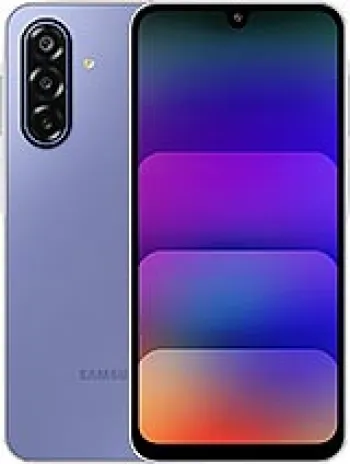
Introduction to Samsung E1130B
The Samsung E1130B, launched in October 2009, represents a class of feature phones that dominated the mobile market during that period. Unlike today's smartphones, feature phones were designed to offer essential mobile functionalities without the frills of modern technology. The E1130B is a prime example of reliability, simplicity, and durability.
Design and Build
The Samsung E1130B boasts a compact and robust design. Measuring 107 x 45.5 x 13.6 mm and weighing just 81 grams, it is extremely portable and easy to handle. The phone features a CSTN screen that measures 1.52 inches with a resolution of 128 x 128 pixels, supporting up to 65K colors.
The device is housed in a sturdy outer shell, available in two colors - Gray and Orange, making it a perfect choice for users who prioritize durability. Its design aesthetics ensure a comfortable grip and ease of use for extended periods.
Network and Connectivity
The Samsung E1130B supports dual-band GSM technology, specifically GSM 900/1800. Although it lacks the advanced connectivity options found in contemporary phones, it supports GPRS Class 10, which allows users to access basic internet services via the built-in WAP2.0/xHTML browser. Unfortunately, it does not support EDGE technology, limiting its mobile internet speed capabilities.
For local connectivity, the phone is equipped with Bluetooth 2.0, facilitating basic wireless file transfers. However, it lacks features like WLAN or USB connectivity, which are common in today’s devices.
Battery Life
One of the standout features of the Samsung E1130B is its battery life. The phone is powered by a removable Li-Ion 1000 mAh battery, offering up to 670 hours of standby time and up to 10 hours of talk time—significantly higher than many of its contemporaries. This makes the E1130B an excellent choice for users looking for long-lasting phone performance without the need for frequent recharges.
Memory and Storage
Though the Samsung E1130B does not offer a card slot for expandable storage, it comes equipped with sufficient internal storage to maintain a phonebook with up to 500 entries. Users can keep track of their communication history by storing details of 20 dialed, 20 received, and 20 missed calls.
Messaging and Features
The E1130B supports both SMS and MMS messaging, allowing users to send text messages and multimedia content. While it does not feature a camera, its functionality is enhanced by the capability of standard feature phone games, a staple during that era. The phone lacks advanced sensors and does not support Java applications, but its simplicity ensures a streamlined and straightforward user experience.
Entertainment and Media
For entertainment, the Samsung E1130B includes FM radio, allowing users to tune into their favorite stations on-the-go. The device also features a loudspeaker but does not support a 3.5mm audio jack, which means users might need to rely on external accessories for an enhanced audio experience.
Market Positioning and Price
Upon its release, the Samsung E1130B was marketed as an affordable and durable feature phone. Priced at around 30 EUR, its cost-effectiveness, coupled with impressive battery life and rugged design, made it especially appealing to users from regions needing robust communication devices, or as a secondary phone option besides more advanced smartphones.
Conclusion
The Samsung E1130B remains a classic example of feature phone engineering focused on durability, longevity, and simplicity. While modern smartphones have far outpaced such devices in terms of functionality and features, phones like the E1130B are a reminder of a time when calls, messages, and long battery life were the primary aspects of mobile communication. Despite being discontinued, the E1130B embodies a legacy of practical design and reliable performance, making it a memorable device for those who used it.
Main Features of Samsung E1130B
- Durable and compact dimensions: 107 x 45.5 x 13.6 mm, weighing 81 g
- GSM technology with 2G bands (GSM 900 / 1800)
- GPRS Class 10 for basic internet connectivity
- 1.52 inches CSTN display with 65K colors
- FM radio for on-the-go entertainment
- Bluetooth 2.0 for wireless connectivity
- Phonebook capacity up to 500 entries with call records (20 dialed, 20 received, 20 missed calls)
- Long battery life: Up to 670 hours of stand-by time and up to 10 hours of talk time
- Available in two colors: Gray and Orange
- Budget-friendly price at about 30 EUR
Samsung E1130B Key Disadvantages
- Lacks EDGE support for faster data connection
- Discontinued and no longer supported
- No expandable memory card slot
- Low screen-to-body ratio with a small 1.52-inch display
- Low resolution display with only 128 x 128 pixels
- Absent camera features
- No 3.5mm audio jack for headphones
- Absence of WLAN (Wi-Fi) connectivity
- Lacks GPS positioning support
- No USB connectivity options
- Java applications are not supported

View Also
More Phones
All Rights Reserved +14266 Phones © Mobilawy 2025

























